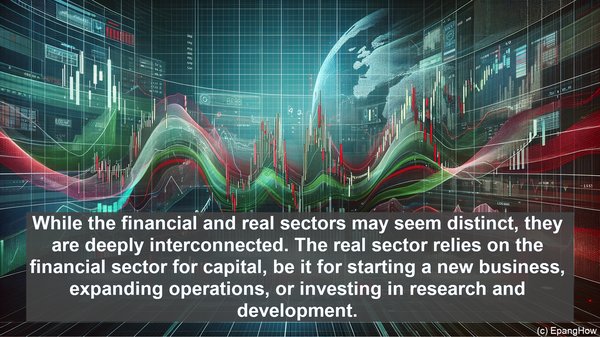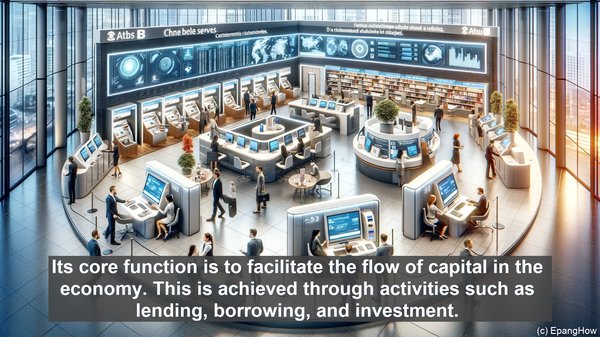Introduction: The Two Pillars of the Economy
Hello everyone! When we talk about the economy, we often hear about the financial sector and the real sector. But what exactly do these terms mean? Today, we’ll explore the nuances between the two and understand their significance in the economic landscape.

The Financial Sector: The Facilitator of Capital
The financial sector primarily deals with the management of money, investments, and financial instruments. It encompasses various entities like banks, insurance companies, stock markets, and more. Its core function is to facilitate the flow of capital in the economy. This is achieved through activities such as lending, borrowing, and investment. By providing financial services, the sector ensures the allocation of resources to productive areas, thus fueling economic growth.
The Real Sector: The Tangible World of Goods and Services
In contrast to the financial sector’s focus on money and capital, the real sector deals with the physical aspects of the economy. It includes industries, businesses, and the production of goods and services. The real sector is where value is created through activities like manufacturing, agriculture, and services. It’s the tangible world that directly impacts people’s lives, from the food we consume to the cars we drive.
Interdependencies: A Symbiotic Relationship
While the financial and real sectors may seem distinct, they are deeply interconnected. The real sector relies on the financial sector for capital, be it for starting a new business, expanding operations, or investing in research and development. On the other hand, the financial sector’s existence is justified by the demand for its services from the real sector. It’s a symbiotic relationship, with each sector’s health and growth influencing the other.
Impacts on the Economy: Ripples and Waves
Changes in either the financial or real sector can have far-reaching consequences for the overall economy. For instance, a financial crisis can lead to a credit crunch, making it difficult for businesses to access funds. This, in turn, can result in reduced production, job losses, and a slowdown in economic activity. Similarly, a vibrant real sector, with rising production and consumption, can stimulate the financial sector, leading to increased investments and economic expansion.

